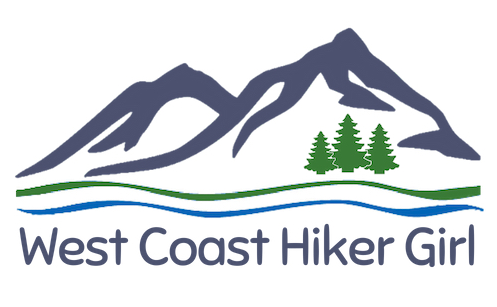In honour of the U.S. National Park Service’s 100th Anniversary, I’ve introduced a feature called “Find Your Park,” named after the popular hashtag the NPS has been using this year to promote the parks. Each unique post will feature one of the U.S. National Parks that I have had the chance to visit.
Park: Crater Lake National Park
Location: south-central Oregon
Established: May 1902
Size: 183,224 acres
Annual visitors: 614,712 (2015)
Entrance fee: $15 / vehicle / week
Times visited: 1
My time in Crater Lake National Park was far too short. We had made the last-minute decision to alter our trip home from California in order to visit the park. Unfortunately, we had other commitments that same day that delayed us to the point that we reached the park in the late afternoon missing out on any chance to grab a campsite.
We still made the most of our few hours there. We stopped first at the Steel Visitor Center at the southern park entrance to learn a bit about the crater. Then we took the road up to the Rim Village, which has another visitor center, a cafe and the Crater Lake Lodge.
The southern road into the park and up to the rim of the crater have you climb nearly 3000 feet in a very short distance. The rim of the crater hovers between 7000 and 8000 feet, with the lake surface a thousand feet below. The lake itself is nearly 2000 feet deep, the deepest lake in the United States.
The Sinnott Memorial Overlook was our next stop. The Overlook is down a set of steep stairs that drop you just below the rim of the crater. It is worth a visit for the exhibits about the geology of the region and especially for the view from an open balcony.

Looking across the lake to the east rim
After our stop at Rim Village, we took the West Rim Drive heading north and stopped at a picnic area below the rock formation known as The Watchman. On any other day we would have really enjoyed the short hike up to the Watchman Lookout Station. Unfortunately, there was a storm rolling in, which meant we were relegated to roadside overlooks as we made our way north and out of the park.

Wizard Island

Rock formations along the west rim drive
Conclusion
Crater Lake is an amazing geological formation that can teach us a fair bit about the world around us, from rock formations, to water minerals, to weather patterns. Visiting this park is best done in a couple days than in a couple hours. A full drive or bike ride around the rim would be fantastic, and there are a variety of hikes for every ability, down to the lakeshore or up to the highest peak.
If you’re interested in reading more about Crater Lake, download this summer’s Visitor Guide.
Have you ever had only a few hours to spend in a National Park? How did you make the most of it? Share in the comments below!

Wizard Island and storm clouds
